当前位置:网站首页>[deep learning] AI one click to change the sky
[deep learning] AI one click to change the sky
2022-07-08 01:00:00 【InfoQ】
1. The goal of the experiment
2. The content of the case is introduced
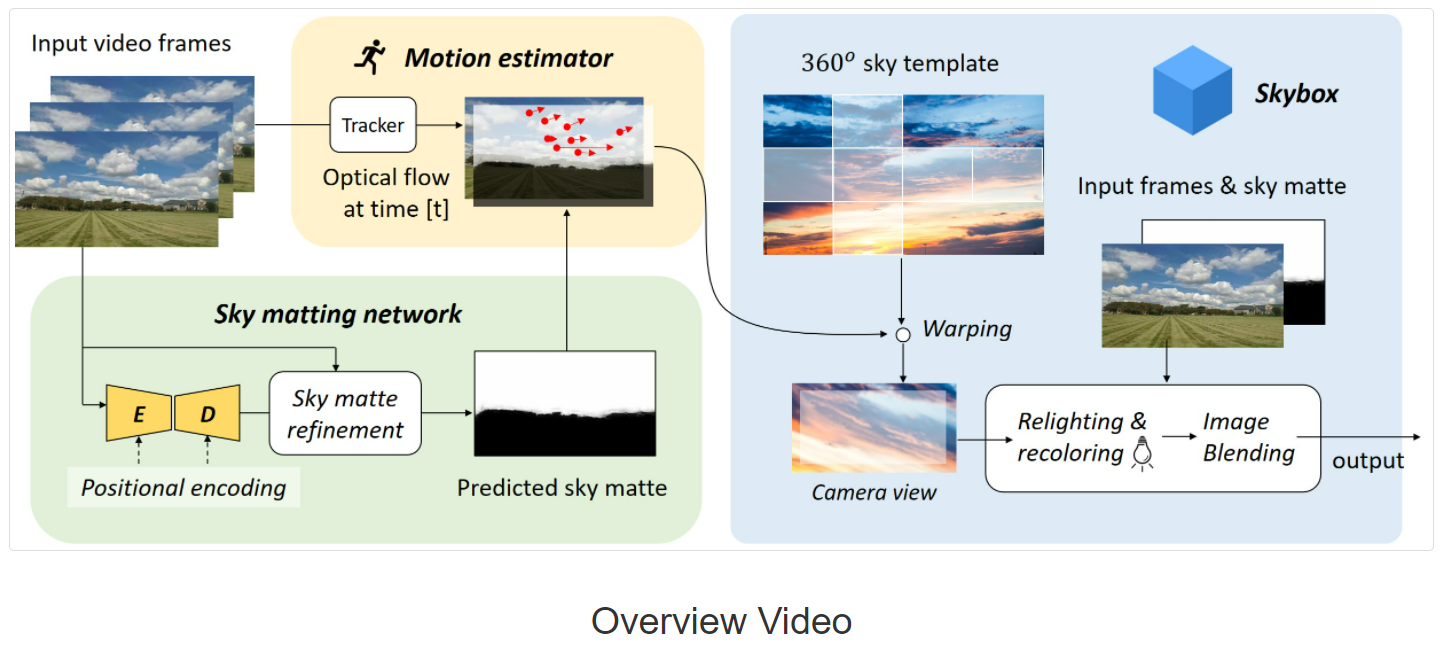
3. The experimental steps
3.1 Install and import dependent packages
import os
import moxing as mox
file_name = 'SkyAR'
if not os.path.exists(file_name):
mox.file.copy('obs://modelarts-labs-bj4-v2/case_zoo/SkyAR/SkyAR.zip', 'SkyAR.zip')
os.system('unzip SkyAR.zip')
os.system('rm SkyAR.zip')
mox.file.copy_parallel('obs://modelarts-labs-bj4-v2/case_zoo/SkyAR/resnet50-19c8e357.pth', '/home/ma-user/.cache/torch/checkpoints/resnet50-19c8e357.pth')!pip uninstall opencv-python -y
!pip uninstall opencv-contrib-python -y
!pip install opencv-contrib-python==4.5.3.56cd SkyAR/import time
import json
import base64
import numpy as np
import matplotlib.pyplot as plt
import cv2
import argparse
from networks import *
from skyboxengine import *
import utils
import torch
from IPython.display import clear_output, Image, display, HTML
%matplotlib inline
# If there is GPU It's in GPU Run above
device = torch.device("cuda:0" if torch.cuda.is_available() else "cpu")3.2 Set algorithm parameters
parameter = {
"net_G": "coord_resnet50",
"ckptdir": "./checkpoints_G_coord_resnet50",
"input_mode": "video",
"datadir": "./test_videos/sky.mp4", # The original video path to be processed
"skybox": "sky.jpg", # The path of the sky picture to be replaced
"in_size_w": 384,
"in_size_h": 384,
"out_size_w": 845,
"out_size_h": 480,
"skybox_center_crop": 0.5,
"auto_light_matching": False,
"relighting_factor": 0.8,
"recoloring_factor": 0.5,
"halo_effect": True,
"output_dir": "./jpg_output",
"save_jpgs": False
}
str_json = json.dumps(parameter)3.3 Preview the original video
video_name = parameter['datadir']
def arrayShow(img):
img = cv2.resize(img, (0, 0), fx=0.25, fy=0.25, interpolation=cv2.INTER_NEAREST)
_,ret = cv2.imencode('.jpg', img)
return Image(data=ret)
# Open a video stream
cap = cv2.VideoCapture(video_name)
frame_id = 0
while True:
try:
clear_output(wait=True) # Clear the previous display
ret, frame = cap.read() # Read a picture
if ret:
frame_id += 1
if frame_id > 200:
break
cv2.putText(frame, str(frame_id), (5, 15), cv2.FONT_HERSHEY_SIMPLEX, 0.5, (0, 255, 0), 1) # draw frame_id
tmp = cv2.cvtColor(frame, cv2.COLOR_BGR2RGB) # Convert color mode
img = arrayShow(frame)
display(img) # display picture
time.sleep(0.05) # The thread sleeps for a period of time before processing the next picture
else:
break
except KeyboardInterrupt:
cap.release()
cap.release()Preview the sky picture you want to replace
img= cv2.imread(os.path.join('./skybox', parameter['skybox']))
img2 = img[:, :, ::-1]
plt.imshow(img2)3.4 Definition SkyFilter class
class Struct:
def __init__(self, **entries):
self.__dict__.update(entries)
def parse_config():
data = json.loads(str_json)
args = Struct(**data)
return args
args = parse_config()class SkyFilter():
def __init__(self, args):
self.ckptdir = args.ckptdir
self.datadir = args.datadir
self.input_mode = args.input_mode
self.in_size_w, self.in_size_h = args.in_size_w, args.in_size_h
self.out_size_w, self.out_size_h = args.out_size_w, args.out_size_h
self.skyboxengine = SkyBox(args)
self.net_G = define_G(input_nc=3, output_nc=1, ngf=64, netG=args.net_G).to(device)
self.load_model()
self.video_writer = cv2.VideoWriter('out.avi',
cv2.VideoWriter_fourcc(*'MJPG'),
20.0,
(args.out_size_w, args.out_size_h))
self.video_writer_cat = cv2.VideoWriter('compare.avi',
cv2.VideoWriter_fourcc(*'MJPG'),
20.0,
(2*args.out_size_w, args.out_size_h))
if os.path.exists(args.output_dir) is False:
os.mkdir(args.output_dir)
self.output_img_list = []
self.save_jpgs = args.save_jpgs
def load_model(self):
# Load the pre trained sky matting model
print('loading the best checkpoint...')
checkpoint = torch.load(os.path.join(self.ckptdir, 'best_ckpt.pt'),
map_location=device)
self.net_G.load_state_dict(checkpoint['model_G_state_dict'])
self.net_G.to(device)
self.net_G.eval()
def write_video(self, img_HD, syneth):
frame = np.array(255.0 * syneth[:, :, ::-1], dtype=np.uint8)
self.video_writer.write(frame)
frame_cat = np.concatenate([img_HD, syneth], axis=1)
frame_cat = np.array(255.0 * frame_cat[:, :, ::-1], dtype=np.uint8)
self.video_writer_cat.write(frame_cat)
# Define the result buffer
self.output_img_list.append(frame_cat)
def synthesize(self, img_HD, img_HD_prev):
h, w, c = img_HD.shape
img = cv2.resize(img_HD, (self.in_size_w, self.in_size_h))
img = np.array(img, dtype=np.float32)
img = torch.tensor(img).permute([2, 0, 1]).unsqueeze(0)
with torch.no_grad():
G_pred = self.net_G(img.to(device))
G_pred = torch.nn.functional.interpolate(G_pred,
(h, w),
mode='bicubic',
align_corners=False)
G_pred = G_pred[0, :].permute([1, 2, 0])
G_pred = torch.cat([G_pred, G_pred, G_pred], dim=-1)
G_pred = np.array(G_pred.detach().cpu())
G_pred = np.clip(G_pred, a_max=1.0, a_min=0.0)
skymask = self.skyboxengine.skymask_refinement(G_pred, img_HD)
syneth = self.skyboxengine.skyblend(img_HD, img_HD_prev, skymask)
return syneth, G_pred, skymask
def cvtcolor_and_resize(self, img_HD):
img_HD = cv2.cvtColor(img_HD, cv2.COLOR_BGR2RGB)
img_HD = np.array(img_HD / 255., dtype=np.float32)
img_HD = cv2.resize(img_HD, (self.out_size_w, self.out_size_h))
return img_HD
def process_video(self):
# Process video frame by frame
cap = cv2.VideoCapture(self.datadir)
m_frames = int(cap.get(cv2.CAP_PROP_FRAME_COUNT))
img_HD_prev = None
for idx in range(m_frames):
ret, frame = cap.read()
if ret:
img_HD = self.cvtcolor_and_resize(frame)
if img_HD_prev is None:
img_HD_prev = img_HD
syneth, G_pred, skymask = self.synthesize(img_HD, img_HD_prev)
self.write_video(img_HD, syneth)
img_HD_prev = img_HD
if (idx + 1) % 50 == 0:
print(f'processing video, frame {idx + 1} / {m_frames} ... ')
else: # If you reach the last frame
break3.5 Start processing video
sf = SkyFilter(args)
sf.process_video()3.6 Compare the original video with the processed video
video_name = "compare.avi"
def arrayShow(img):
_,ret = cv2.imencode('.jpg', img)
return Image(data=ret)
# Open a video stream
cap = cv2.VideoCapture(video_name)
frame_id = 0
while True:
try:
clear_output(wait=True) # Clear the previous display
ret, frame = cap.read() # Read a picture
if ret:
frame_id += 1
cv2.putText(frame, str(frame_id), (5, 15), cv2.FONT_HERSHEY_SIMPLEX, 0.5, (0, 255, 0), 1) # draw frame_id
tmp = cv2.cvtColor(frame, cv2.COLOR_BGR2RGB) # Convert color mode
img = arrayShow(frame)
display(img) # display picture
time.sleep(0.05) # The thread sleeps for a period of time before processing the next picture
else:
break
except KeyboardInterrupt:
cap.release()
cap.release()3.7 Generate your own day changing video
边栏推荐
猜你喜欢
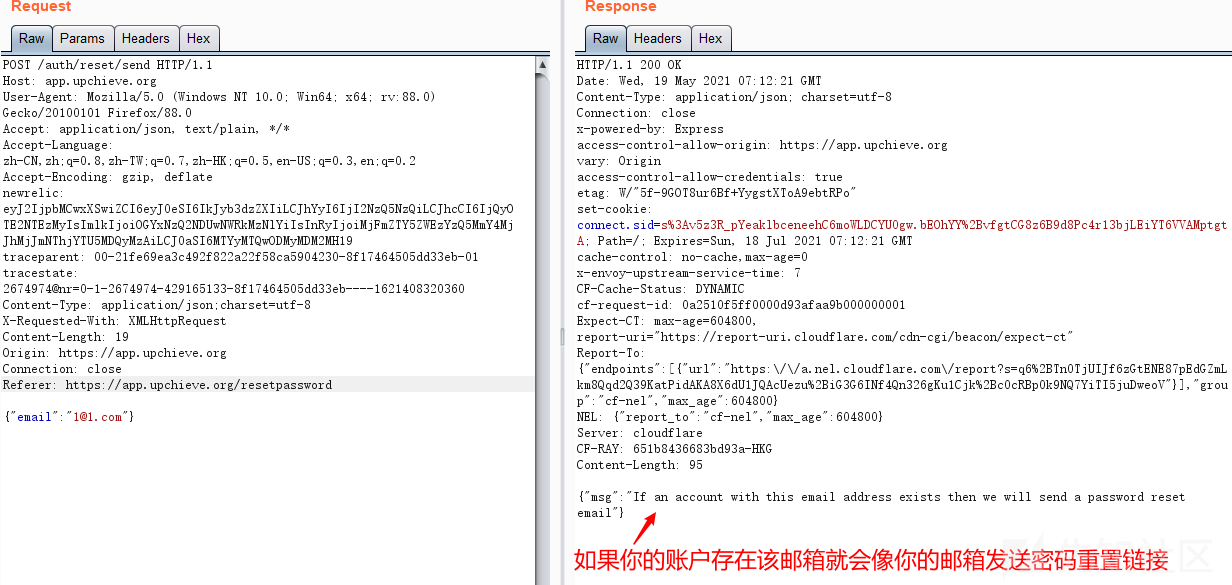
Password recovery vulnerability of foreign public testing

13.模型的保存和載入

Invalid V-for traversal element style
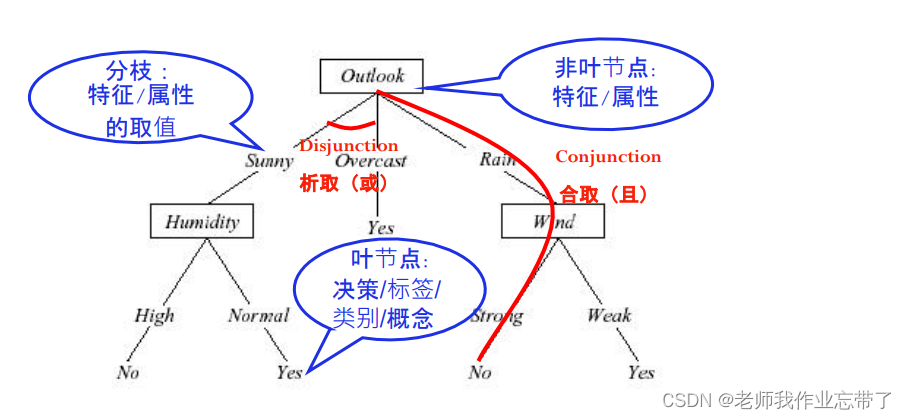
AI zhetianchuan ml novice decision tree
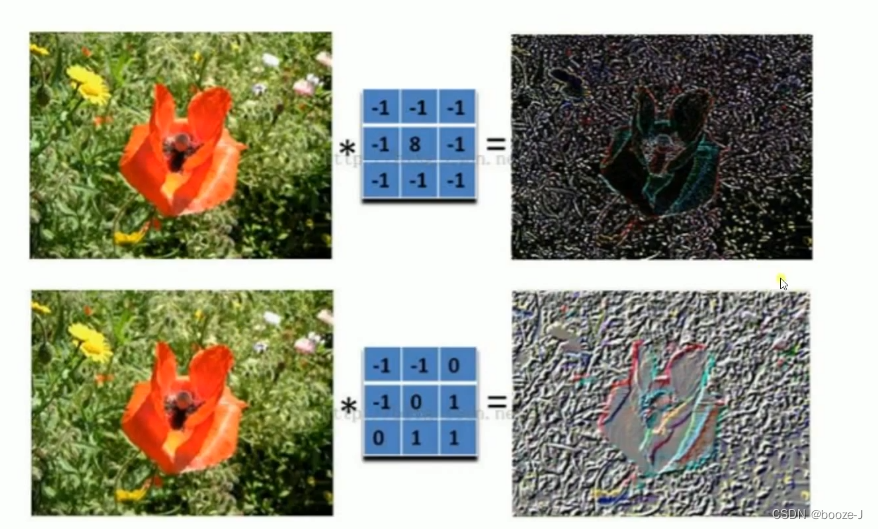
9.卷积神经网络介绍

【深度学习】AI一键换天
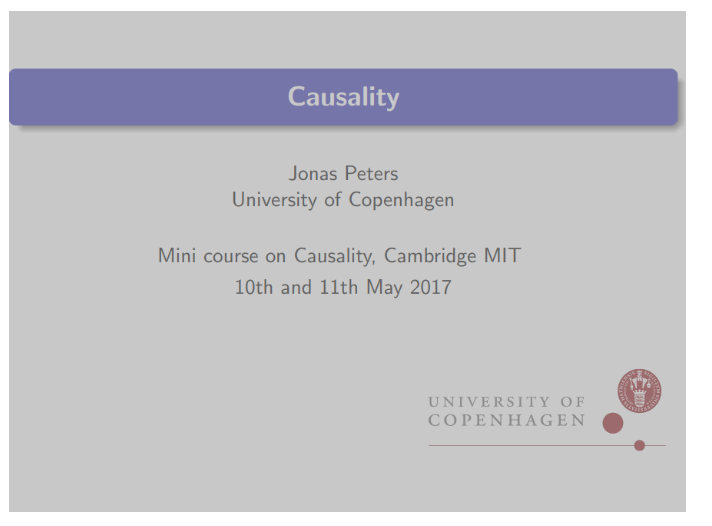
《因果性Causality》教程,哥本哈根大学Jonas Peters讲授
![[OBS] the official configuration is use_ GPU_ Priority effect is true](/img/df/772028e44776bd667e814989e8b09c.png)
[OBS] the official configuration is use_ GPU_ Priority effect is true
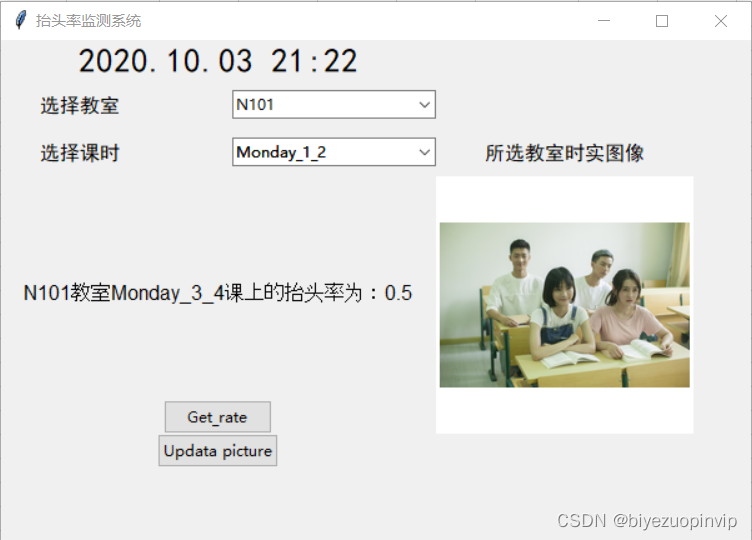
Class head up rate detection based on face recognition

Cve-2022-28346: Django SQL injection vulnerability
随机推荐
New library online | cnopendata China Star Hotel data
Course of causality, taught by Jonas Peters, University of Copenhagen
Codeforces Round #804 (Div. 2)(A~D)
手写一个模拟的ReentrantLock
攻防演练中沙盘推演的4个阶段
股票开户免费办理佣金最低的券商,手机上开户安全吗
Reentrantlock fair lock source code Chapter 0
ABAP ALV LVC模板
Tapdata 的 2.0 版 ,开源的 Live Data Platform 现已发布
Cve-2022-28346: Django SQL injection vulnerability
Basic types of 100 questions for basic grammar of Niuke
Langchao Yunxi distributed database tracing (II) -- source code analysis
Redis, do you understand the list
v-for遍历元素样式失效
The whole life cycle of commodity design can be included in the scope of industrial Internet
Hotel
letcode43:字符串相乘
[OBS] the official configuration is use_ GPU_ Priority effect is true
《因果性Causality》教程,哥本哈根大学Jonas Peters讲授
语义分割模型库segmentation_models_pytorch的详细使用介绍